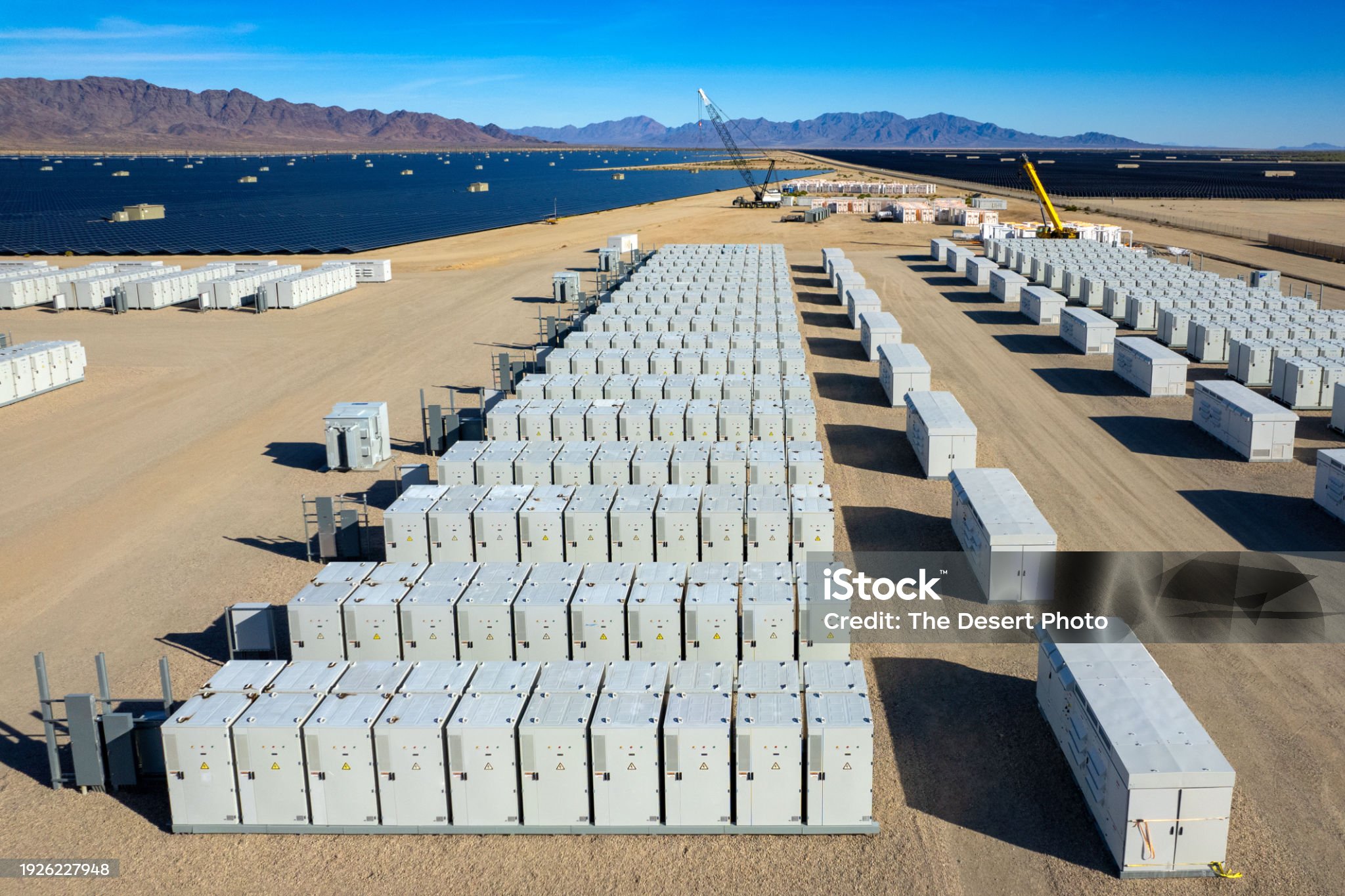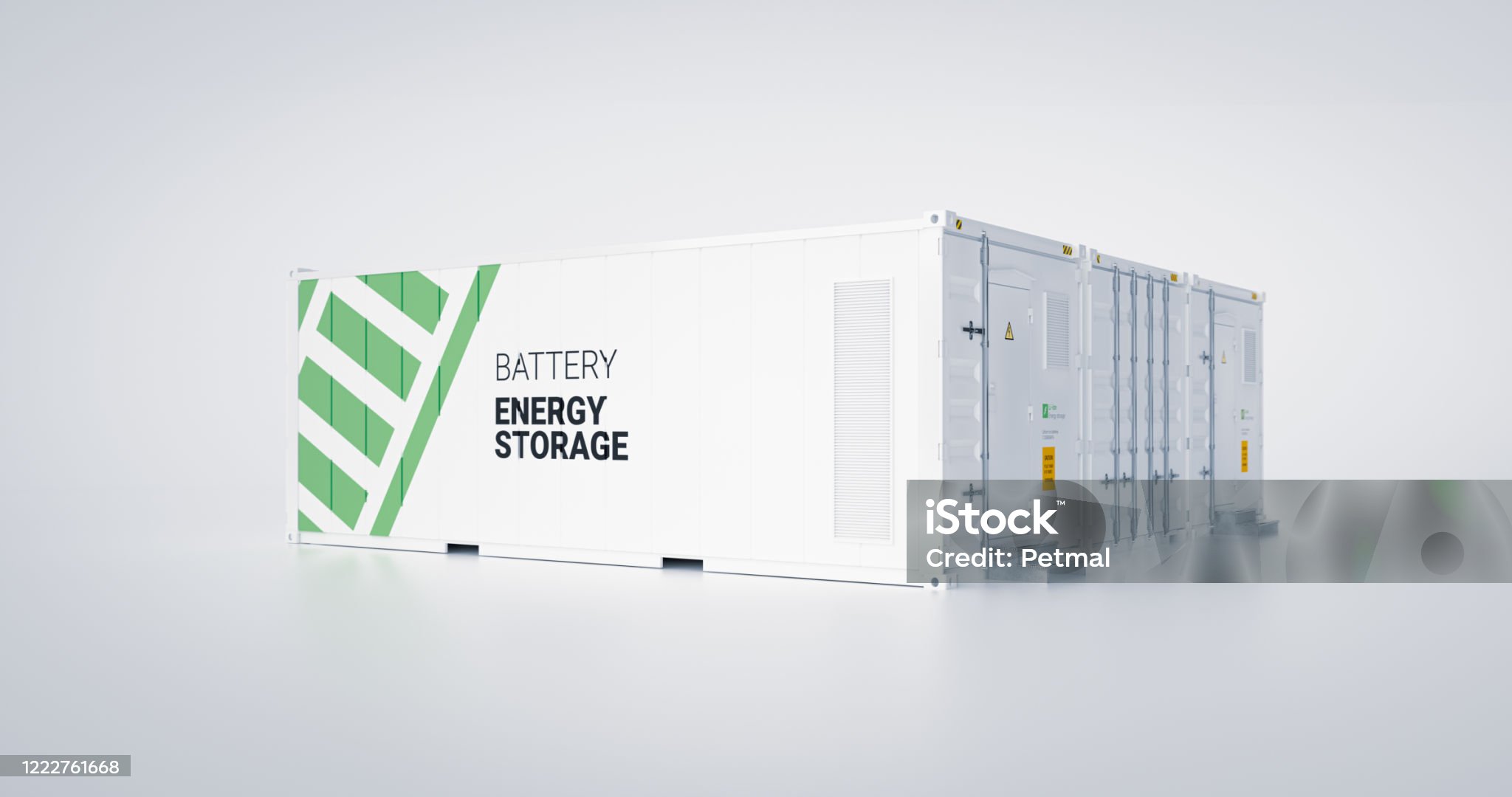As the global push for energy efficiency and sustainability accelerates, commercial enterprises are increasingly turning to energy storage solutions to cut costs and enhance operational performance. In 2025, advanced energy storage technologies have become more accessible, scalable, and integral to energy strategy, enabling businesses to achieve significant power savings while supporting the clean energy transition. But what are the most effective solutions this year, and are they worth the investment?
Discover the leading commercial energy storage solutions of 2025 that enhance operational efficiency and reduce energy expenditures.
Integrating commercial energy storage systems with renewable energy sources such as solar and wind helps maximize energy conservation and output. By storing excess electric power during periods of low demand, businesses can reduce reliance on the grid during peak hours, enhance energy reliability, and align with green energy goals. This synergy between storage and clean energy enables cost-effective, resilient operations in a volatile energy market.
Explore the latest technologies and trends shaping the future of commercial energy management.
Table of Contents
What Are Commercial Energy Storage Solutions?
Commercial energy storage solutions are systems designed to store and discharge electric power for business or industrial applications. These systems typically include a battery or battery pack, an inverter, control software, and energy management tools. They allow companies to store energy during off-peak hours or from renewable energy sources, then use that energy when demand and costs are high.
Lithium-ion batteries remain the dominant technology due to their high efficiency, energy density, and declining costs. However, newer options like flow batteries and solid-state batteries are gaining ground. Battery backup capabilities ensure continuity during grid failures, providing essential power for operations that cannot afford downtime.
Commercial storage systems support various applications, such as peak shaving, load shifting, and energy arbitrage. Businesses that adopt these solutions not only lower energy bills but also gain greater control over energy consumption and sourcing. Whether integrating green power or enhancing electric power reliability, these systems form the foundation of a future-ready energy strategy.

Benefits of Implementing Energy Storage in Commercial Settings
Deploying energy storage in commercial settings offers a host of financial, operational, and environmental benefits. For starters, it helps businesses reduce electricity bills by shifting energy consumption from high-cost peak hours to more affordable off-peak times. This power saving approach can lead to substantial energy saving over time, especially in regions with time-of-use utility rates.
Energy storage systems also provide critical battery backup during power outages, enhancing electric power reliability and business continuity. This is vital for operations such as manufacturing, IT services, and healthcare, where downtime can result in significant losses.
On the environmental side, energy storage enables greater use of renewable energy sources. By capturing excess solar or wind power and storing it for later use, companies can reduce dependency on fossil fuels, lower carbon emissions, and meet green energy or ESG targets. These actions support broader clean energy and new energy initiatives.
Moreover, modern systems include smart energy management software that improves energy conservation through predictive analytics and automation. Businesses can participate in demand response programs and monetize stored energy by selling it back to the grid, creating new revenue streams and faster return on investment.
Top Commercial Energy Storage Technologies in 2025
The commercial energy storage market in 2025 features a variety of advanced technologies tailored to different needs and budgets:
1. Lithium-Ion Batteries
Still the most widely used, lithium-ion battery packs are valued for their high energy density, reliability, and scalability. They are ideal for businesses needing fast-response, short- to medium-duration storage.
2. Flow Batteries
These systems use liquid electrolytes to store energy and are especially well-suited for long-duration discharge cycles. They have lower degradation over time, making them a strong candidate for heavy-use applications.
3. Solid-State Batteries
Solid-state technology offers superior safety, higher energy density, and longer life cycles than traditional batteries. Though still emerging in commercial use, they are being piloted in several large-scale projects in 2025.
4. Thermal and Mechanical Storage
These methods include thermal energy storage (e.g., ice tanks for cooling) and flywheel systems for quick-discharge needs. They are less common but provide valuable options for specific industries.
5. Hydrogen Fuel Cells
Though capital intensive, hydrogen systems are gaining traction for large commercial facilities seeking zero-emission, long-duration energy solutions. They integrate well with other clean energy sources.
With each technology offering unique advantages, businesses must assess their specific goals—whether it’s energy saving, green energy adoption, or backup resilience—when selecting the right solution.

Cost Analysis and Return on Investment
The cost of implementing commercial energy storage varies based on technology, capacity, and installation complexity. As of 2025, lithium-ion systems cost between $500 and $800 per kilowatt-hour installed. Flow and solid-state batteries can be more expensive upfront but may offer better value over time due to their durability and efficiency.
The return on investment (ROI) typically ranges from three to seven years, depending on usage patterns, energy costs, and available incentives. Government grants, clean energy tax credits, and utility rebates can significantly lower initial expenses.
Businesses benefit financially through reduced peak demand charges, lower energy bills, and participation in demand response programs. Those using renewable energy can further capitalize by storing surplus generation for later use, increasing the value of solar and wind investments.
Additionally, companies that prioritize sustainability and green power often see intangible ROI in the form of enhanced brand reputation, stakeholder support, and ESG performance.
When coupled with energy management software, these systems also provide real-time monitoring and control, helping to avoid unnecessary energy waste and optimize long-term energy conservation.
Future Trends in Commercial Energy Storage
The commercial energy storage sector is evolving rapidly, with several trends set to define the next few years:
AI and Smart Controls
Artificial intelligence and machine learning are now integral to energy management. These tools predict demand, optimize storage usage, and reduce operating costs, making energy conservation smarter and more automated.
Hybrid Systems
Combinations of battery types or integration with other technologies (like solar PV and EV charging) are creating flexible, all-in-one energy ecosystems.
Decentralized Energy Grids
More businesses are participating in decentralized grids or virtual power plants, where they can share or trade stored energy. This boosts grid resilience and offers new financial incentives.
Sustainability and Circular Economy
The reuse of electric vehicle batteries for commercial storage applications is becoming common, reducing waste and creating cost-effective battery backup options.
Regulatory Support and Incentives
Governments worldwide are offering stronger policy frameworks and incentives for green energy and new energy solutions. This trend will likely continue, encouraging broader adoption.
The future of energy storage is not only about cost reduction—it’s about building a resilient, sustainable, and intelligent energy infrastructure that supports both economic and environmental goals.
Maximize efficiency and savings—contact us today to explore your ideal energy storage solution.

-scaled.png)
